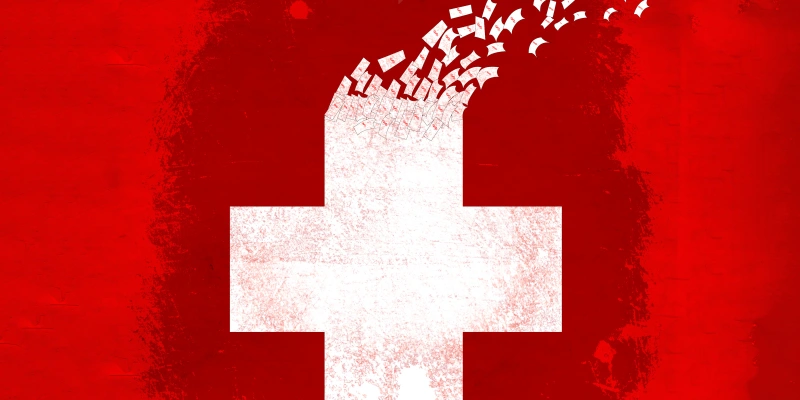
Normally when I tell someone I’m a neonatologist, they look at me with a blank stare — unless of course they’ve had a premature or very sick term baby. I usually follow the sentence, “I’m a neonatologist” with the words, “I’m a pediatrician who cares for premature babies, you know, the one’s who can fit in the palms of your hands or the term babies who are very sick and may require surgery.” I can literally bet my entire life savings (which isn’t much) on the next words to leave their lips: “Wow, how sad. I couldn’t do that. God bless you.”
It always gives me great pause when I hear those words. I don’t think of my job as sad at all. I consider it a great blessing and a huge privilege to hold the hands of those parents who have a baby that must be admitted to a neonatal intensive care nursery. I get to see a miracle every day and often I meet angels. It’s a place so few will ever visit, and it’s so much bigger than the miracle babies that you see on television. I’ve wanted to be a neonatologist, AKA preemie doctor, since I was a very little girl and realized that my sister had been premature. That she was small enough to fit in the palm of your hands. That she spent her first months of life in a plastic box known as an incubator. And that the doctors who cared for those babies were called neonatologists. The rest, as they say, is history.
Though neonatology is a relatively new branch of pediatrics, I am constantly amazed at the sate of the art of the field today — and a tad bit frightened. We are saving babies today that we were not able to save 15 or 20 years ago, babies that we did not have the equipment to offer a so-called “trial of life.” Even 50 years ago the field of neonatology was just beginning. It has not escaped me that my sister, a micro preemie born at 1lb in 1968 at 26 weeks, was born just five years after President Kennedy lost his son to prematurity (a son who was 4 pounds 10 ounces and 34.5 weeks, or almost 6 weeks early) But, he was born when neonatal intensive care nurseries were just beginning and unfortunately could not be saved despite a heroic transport. I carry both of their legacies with me every time I enter a delivery room and every time I hold a tiny human in my hand. The feeling always leaves me mystified even now 20 years into my training.
This issue of the viability of a human life has grown because technology has gotten pretty good at saving little humans. But at what cost? We now have the capacity in many cases to offer a trial of resuscitation to 22 weeks infants, infants almost 4.5 months early. Most of them do not survive, and some survive with significant neurologic handicap. It’s a slippery slope and a very perilous tight rope, and I have no idea what the right answer is — I dare say that no neonatologist does. This push has largely been in response to parental desires — in my view very understandable. I don’t know the right answer for every family, but I do know I’m in this profession for a reason, and I try to support the life that’s presented to me for the time that the life is here. Sometimes the support is warmth, human touch, soft words, a prayer. Other times the support is machines, tubes, wires, and more prayers. Sometimes you just don’t know.
About a year ago I was forced to walk that fine line, and the power of the human spirit wrapped in a little one-pound body has continued to both haunt and encourage me. I started my shift like so many shifts, hearing a report about how many sick babies were in the ICU nursery and how many more sick babies were coming. I was told about a desperate mother who had gone into preterm labor at only 22 weeks. At this hospital, and at many hospitals, fetuses that are less than 23 weeks are considered to be nonviable. What does that mean? It means that, despite heroic measures, the infant is more likely not to survive and that if the infant does survive, he or she would do so very likely with grave handicap. To intervene in this scenario is often perceived as cruel to the infant.
The laboring mother was going to be 23 weeks at midnight, and the current time was 7 p.m. What a choice. It was actually no choice at all. If the baby were to be born before midnight, our job was to not intervene but provide comfort care. If the baby was to been born after midnight, we would try to resuscitate. She had five hours to go. This is the tightrope that I hate. This is the slippery slope that has you questioning your life choices in a matter of seconds. When I spoke with the laboring mother, she said that she understood the situation. But she asked, “If I have my baby early, and hold it until midnight, would you come and try to do all you can if the baby is still alive?” She cried. I cried. We both prayed that her child would not be born before midnight, but her labor was progressing, and the child was indeed coming. I really hated those arbitrary lines around viability. I remember every baby I’ve left and so many more that I tried to save, and they all make me wish that no one ever went into preterm labor. It is the epitome of being between a rock and a hard place…no easy answers.
The child was delivered in bed at exactly 11:30 pm, 30 minutes early for the coveted trial of life. But, guess what. The child was actively crying and moving. Yep, a 22-week infant crying, moving, daring me to leave her in her mother’s room. What to do? Leave? Stay? Do no harm? I picked up the baby and brought her to the warmer. She was giving it her all, and the minutes were ticking. I knew the mom understood that her life could very well include blindness, cerebral palsy, handicap — but so could any other life. So, we proceeded with a trial of life, including placement of a breathing tube, oxygen therapy, and a respirator.
Her first several days were very rocky, and she was very unstable. Her mother made her DNR, but her heart never stopped. Her lungs got stronger. She got stronger. She never had another rough day after two weeks of age. She went home without any equipment, with no brain injury, no eye injury, and actually breast feeding. In 20 years I had never seen that, and I don’t know if I will ever see it again. I’m am blessed to have witnessed a rare miracle, a rare moment when the art of medicine superseded the science of medicine, and one little human spirit literally dared me to leave her in the delivery room.







